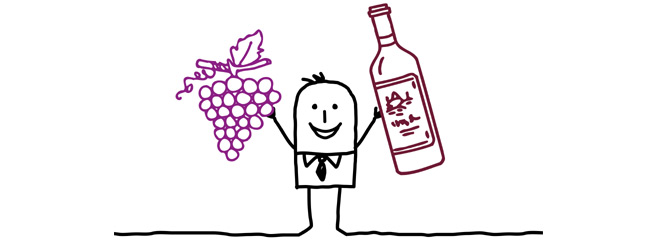It can treat lead poisoning, clean grimy hair and help with acne; now, the process of chelation could provide a possible replacement for sulfur dioxide.
Researchers at Penn State University believe they’ve found an additive, known as a chelator, that can help to prevent oxidation in wine – the chemical reaction that can lead to wines becoming brown in color and losing their freshness. That’s a job currently filled by sulfur dioxide, which is widely used in winemaking as a preservative and antibacterial agent.
While producers add sulfur dioxide to their wines at varying stages of the winemaking process, the compound is also a natural by-product of fermenting yeast. The quantities found in finished wine are strictly regulated and shouldn’t cause any health problems. However, sulfur gets the flak when those who suffer from headaches and breathing difficulties are looking for a scapegoat. It does have a part to play, but there are other compounds, such as tyramines and histamines, that should shoulder some of the blame.
As a result of rising interest in sulfur dioxide and its effects, there’s a search on to find alternatives. Chelation is the latest option.
If you’ve never heard of this scientific process, in which molecules bind with metal ions, you’re not alone. Chelating agents have been used to lower metal levels in blood after lead or mercury poisoning. The chelators attach to the metal molecules and remove them from the body in urine. Similarly, people who do a lot of swimming in chlorinated water or wash their hair in hard water suffer from a residue build-up, which chelating shampoos claim to remove.
It’s now suggested that the same process could be used to remove trace metals in wine, according to a report by the Penn State researchers in the Journal of Agricultural and Food Chemistry.
Their study found that by adding compounds that bind to the iron – such as phytic acid (found naturally in grape juice) – oxidation in wine was prevented. What’s more, it was found that these chelators could inhibit the formation of acetaldehyde, which robs a wine of its fruity, freshness and is the precursor of vinegar-like acetic acid. Thirdly, an aroma compound that’s commonly found in sauvignon blanc – 3MH – was preserved.
To read the article in full, click here


